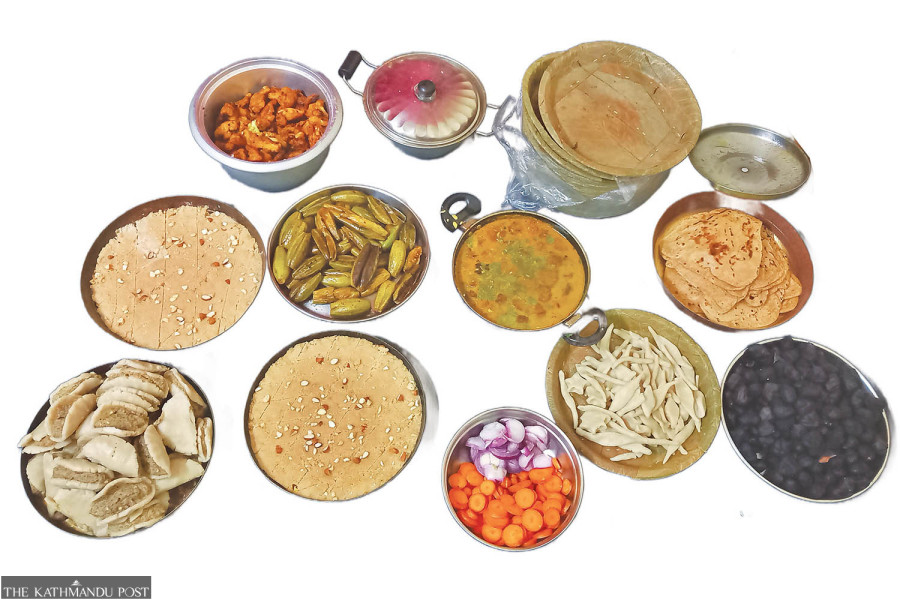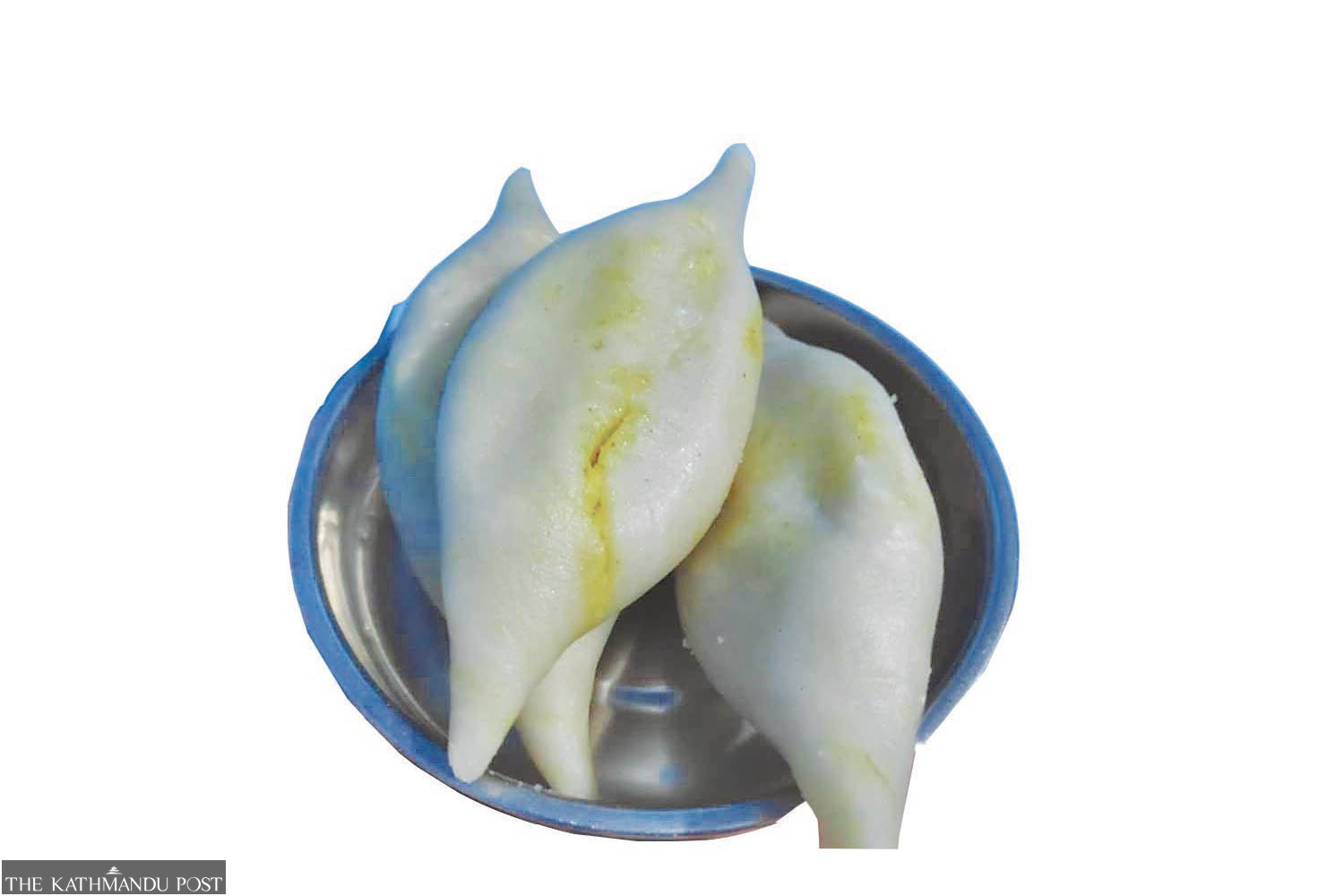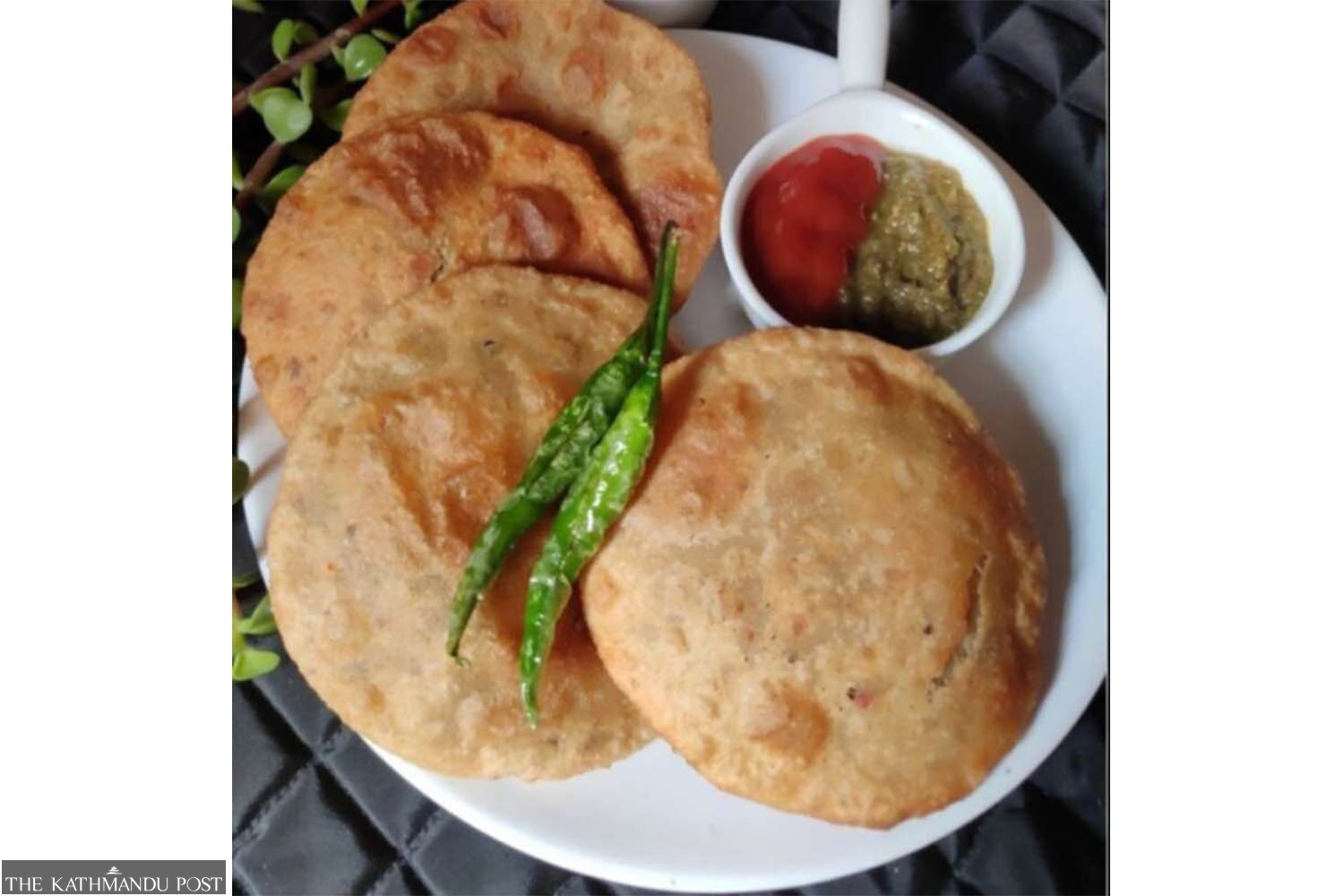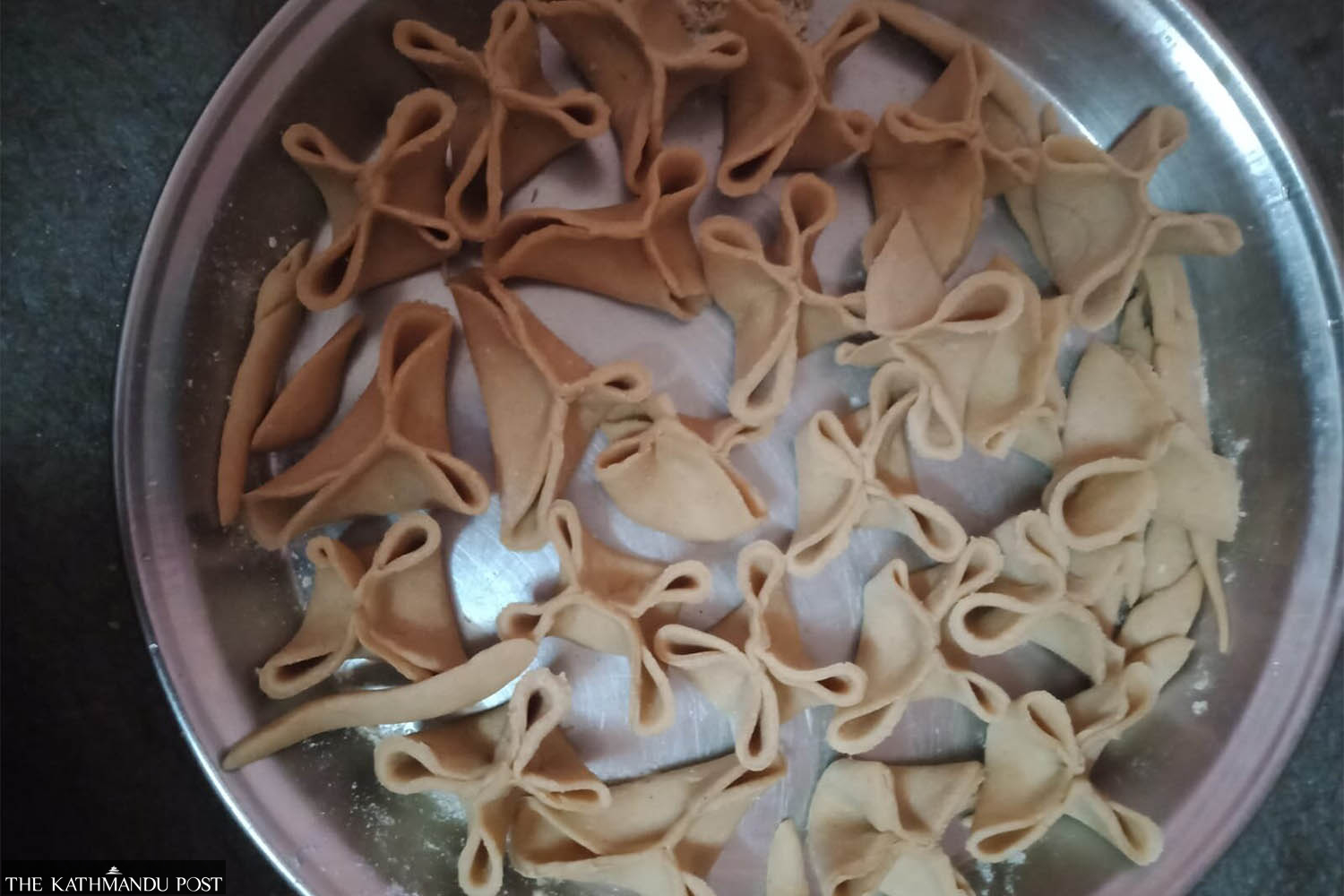Culture & Lifestyle
The cultural significance of Mithila foods
The cuisine reflects the community’s resourcefulness and connection to sustainability.
Timila Maharjan
Mithila or Maithil cuisine is rich and diverse. The Mithila region is located in the northern part of India and the southern part of Nepal, along the banks of the river Kamala. It is surrounded by the Himalayas in the north and the Ganges in the south.
Mithila’s culinary legacy is rich with various ingredients that reflect the region’s agricultural abundance and cultural heritage. Staples like rice and lentils form the foundation of many dishes, and seasonal vegetables like ash gourd, pumpkin, radish, and leafy greens play a vital role.
Mithila cuisine carries cultural and traditional significance. These delicacies are not merely about nourishment; they embody meanings, stories, and practices that define Mithila culture. Let’s explore some of these iconic dishes:
Parotha
Distinctive to Mithila, parotha is a flatbread made from wheat flour. It is made in different shapes, but the triangular-shaped ones hold more traditional significance and are usually prepared when guests arrive home. The dough is meticulously rolled and layered three times to achieve its triangular shape, resulting in a soft and fluffy texture. Parotha’s preparation and taste make it a cherished breakfast staple.
Singhara
This is made from the fruit of the underwater plant Singhara, which is usually found in the ponds of Madhesh.
The plant also has thorns; its fruit is usually eaten raw or boiled. Niraj Shah from Janakpur says, “The plant is found in most of the ponds, but nowadays it is harvested as well.” According to him, it is a compulsory dish for Chaath Puja and Laxmi Puja.
It is also considered to be good food for diabetic, high blood pressure and thyroid patients and prevents the body from dehydration. Shah shares a quote popular in the Mithila region of the country, “Paga Paga Pokhari Macha Nakhan,” which means there are ponds in every footstep.
Bagiya

A celebration of the new rice harvest, bagiya is a traditional dish. Typically enjoyed around November or December, it is made from freshly harvested rice flour, stuffed with lentils or vegetables, and steamed. In the Mithila region, rice is often planted twice a year, in April-May and August-September, making bagiya a seasonal delicacy. According to Anjali Shah, a resident of Sarlahi, this dish also holds religious importance in Sarlahi, especially on the first day of Chhath Puja, when bagiya is made with freshly blended rice flour. Bagiya’s significance extends beyond Mithila, finding a place in the Bhojpuri and Tharu communities.
Bharuwa
Bharuwa is eaten all over Madhesh, including Mithila. It is made with different vegetables, such as bitter gourd, pointed gourd, and eggplant. The vegetables are stuffed with onion, garlic, ginger, and spices and sauteed together. After adding the stuffing, the vegetable is pan-fried. According to Niraj, the dish is called Bharuwa, as the vegetable is stuffed (bhareko).
Amott
It is made after drying the ripe mangoes harvested from July to September. The sun’s extreme heat helps dry the mango quickly and preserve it for other months. This process helps prevent the fruit’s wastage when harvested. Niraj says, “Our ancestors knew how to preserve the excess harvest for other non-harvesting months. Amott made it possible to eat mangoes in the winter months and also prevented the excess mangoes from being wasted.”
Taruwa
Taruwa is one of the major dishes in Mithila culture, and it is mandatorily prepared for every festival and occasion. It is used as an offering on Jur Sheetal, which falls on Baishak 2 when the Maithili people worship their food stoves (chulo).
The dish is made from different vegetables, dipped in a batter of blended soaked rice. Various spices are added to the batter. Niraj shares that he has made taruwa from 15-20 vegetables. He says, “Many people confuse it with pakoda, but it is different as it uses soaked rice batter, and the coating of the batter is also thinner than that of pakoda.” He adds, “When a guest arrives in my house, taruwa is compulsorily served.”
Daal Puri

Daal Puri is another important Mithila dish. It is made by stuffing spiced lentils inside a flatbread (roti) and deep-frying them.
Satuwa/Satuwan
Satuwa/Satuwan is a mixture of different grams. It is the main dish of the Nepali New Year and is also used for worshipping the gods. It is usually known as saatu. It is eaten more during the April/May months when the different grams are harvested in Madhesh. According to Niraj, Chickpea saatu is more popular and easy to digest. Satuwa is rich in protein and fibre.
Kumhrauri
Kumhrauri is a dish made by drying Ash Gourd and later used in different curries and dishes. It is made to preserve the excess production in the harvest season for other dry seasons. According to Niraj, other vegetables are also dried in a similar process. He says, “During the month of harvest, the prices of the vegetables decrease significantly and are found everywhere. But during the rainy season, when vegetables are scarce, these dried vegetables like kumhrauri are eaten.
Bidhiya/Arkanchan
Similar to kumhrauri, bidhiya is made by drying green leaves like mustard greens (tori), lamb’s quarters (bethu), or pea leaves (mattar). These leaves are mixed with black lentil batter before being dried. This dish shows Mithila’s resourcefulness in preserving seasonal produce.
Tilauri
Tilauri is a kind of cracker made from a batter of rice flour. The batter is made from rice flour by adding the flour to boiling water. Salt is also added to the batter. The batter is then shaped into round shapes and later dried in the sun. The dried tilauri is then deep-fried in oil and eaten. Niraj explains that the texture of the food is similar to that of chips/crackers.
Dal Pithi

Dal pithi is a combination of lentil soup and different-shaped dough cooked together with various spices. The dough is usually shaped like a flower, added to the boiling lentil soup, and eaten together. It is generally eaten during winter to keep the body warm. Split yellow pigeon pea (rahari daal) is mainly used to prepare dal pithi as it also holds great significance in Mithila culture.
Adhauri
It is similar to tilauri but is made of different lentils and grams instead of rice flour. It follows the same procedure as tilauri and is made of round shapes that are dried in the sun. Later, it is eaten as curry.
Thakuwa
Mithila cuisine is incomplete without its sweet dish thakuwa which holds huge cultural and religious significance. It is also known as thekuwa or thokni and is a traditional Indo-Nepali cookie. It carries huge importance in Chhath festival as it is offered as a sacred gift to Lord Surya and Chhathi Maya on the third day of the festival. Usually, when thakuwa is given out as prasad, it marks the end of the puja.
While many dishes of Mithila cuisines are unique, they are also similar to dishes of other Madhesi communities, creating a shared culinary heritage. As the Mithila region extends to certain parts of India, the Mithila cuisine may differ in India, based on the geography and lifestyle of the people. Yet, each dish retains its distinctive identity, tied to the land and its people.
Mithila cuisine’s evolution reflects its people’s adaptability and resilience. Traditional practices like sun-drying mangoes or preserving green leaves showcase their connection to nature and sustainability. These methods minimise food wastage and ensure cultural flavours remain alive throughout the year.




 14.12°C Kathmandu
14.12°C Kathmandu















